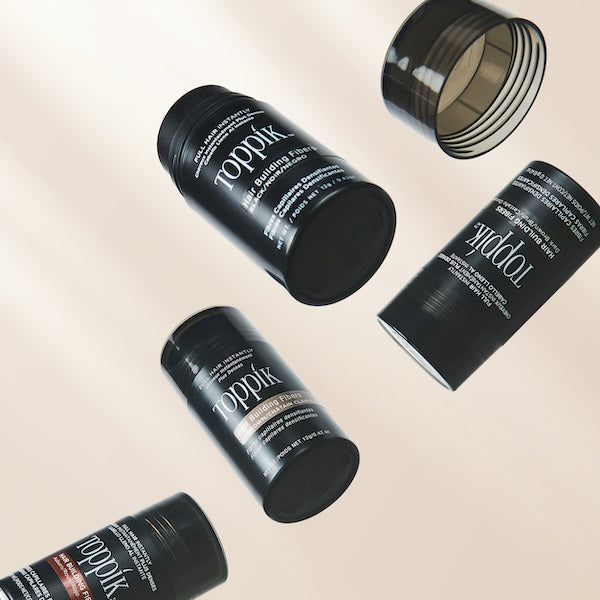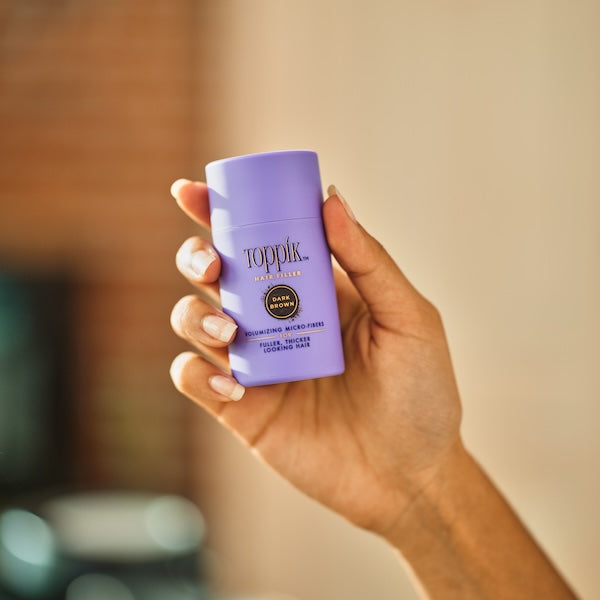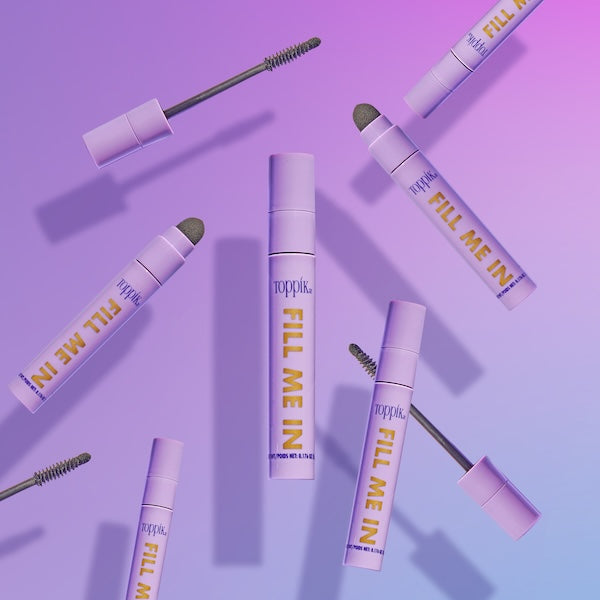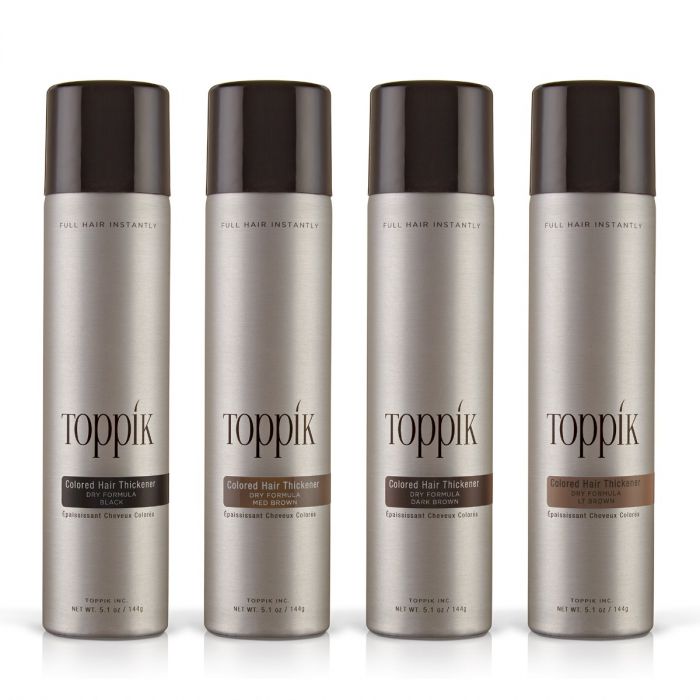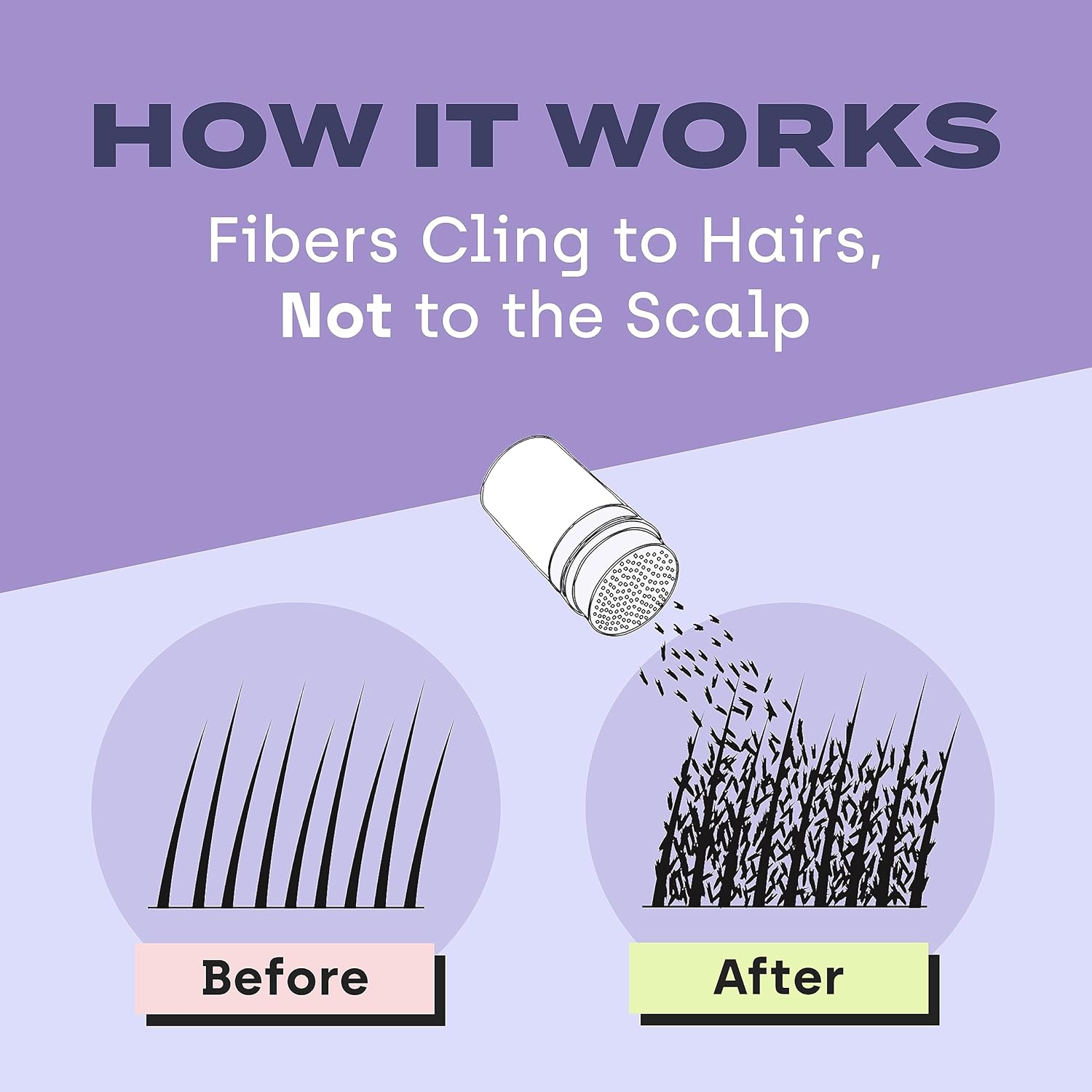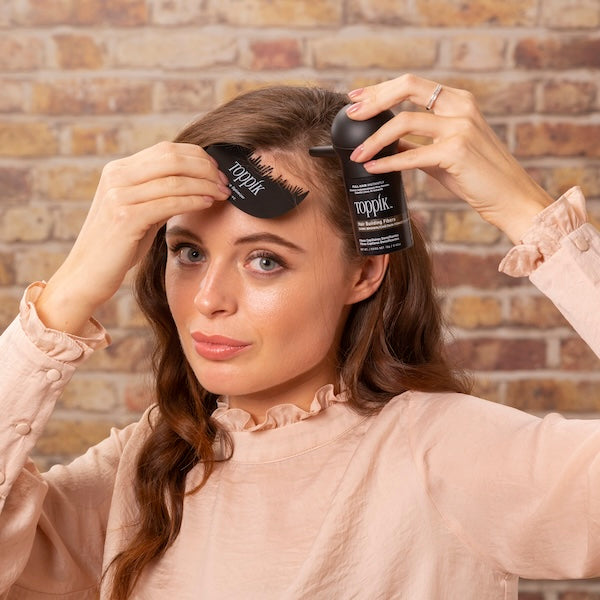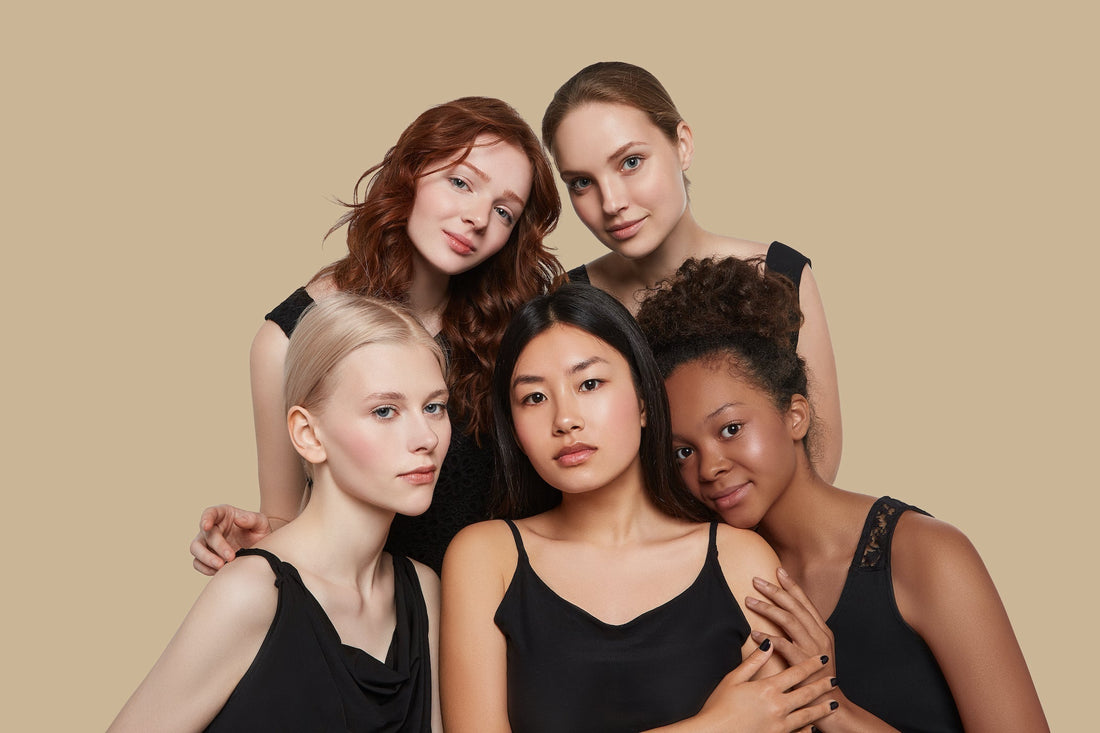Are you tired of struggling with frizzy, dry, or damaged hair? It might be time to take a closer look at your hair type and haircare routine. Different types of hair require different care and styling methods to look and feel their best. This blog post will explore the four major hair types: straight, wavy, curly, and coily. We'll also share tips on identifying your hair type and the best practices for caring for each type. Whether you have straight, wavy, curly, or coily hair, there are steps you can take to achieve healthy, lustrous locks. Keep reading to learn more!
What Are the 4 Types of Hair?
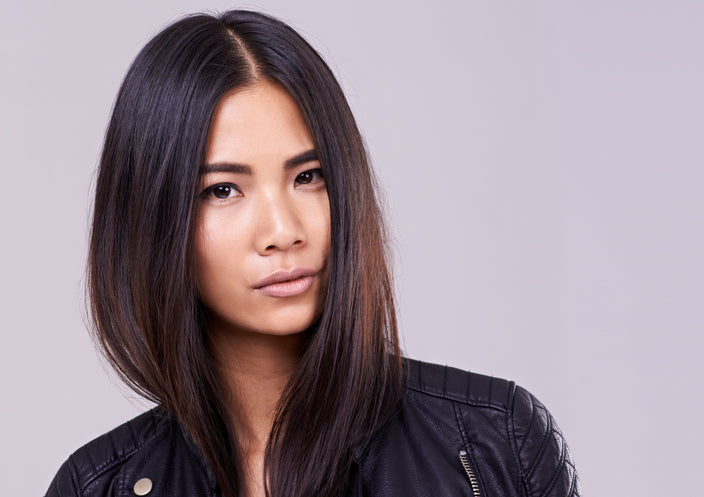
Straight Hair
Straight hair is characterized by a smooth, sleek appearance with little to no natural curl or wave. It is typically soft and easy to comb or brush but can also be prone to oiliness and flatness. To care for straight hair, use a lightweight conditioner to avoid weighing down the hair. Additionally, avoid heat-styling tools as much as possible to prevent damage. Instead, try heatless hairstyles to add curls to your hair.
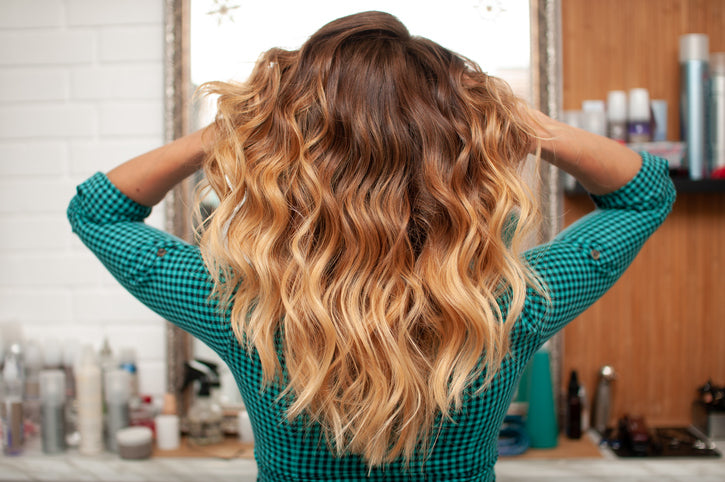
Wavy Hair
Wavy hair ranges from fine to thick and has a gentle undulating curl pattern. It may require more moisture and hydration than straight hair and is more prone to frizziness. To care for wavy hair, use a sulfate-free shampoo and conditioner to maintain moisture and avoid heat styling tools.

Curly Hair
Curly hair ranges from loose curls to a spiral curl pattern. It's typically thicker than straight or wavy hair and tends to be drier. To care for curly hair, use a sulfate-free shampoo and a deep conditioner to nourish and hydrate the hair. Avoid combing or brushing curly hair when it is dry to prevent breakage.

Coily Hair
Coily hair, also known as natural or textured hair, is characterized by a tight, springy curl pattern. It is the most prone to breakage of all hair types. To care for coily hair, use a sulfate-free shampoo and deep conditioner. And avoid combing or brushing coily hair when it's dry. Regular deep conditioning treatments can also help nourish and hydrate coily hair. In addition, wearing coily hair in protective hairstyles can prevent breakage and damage.
How Do I Identify My Hair Type?
Determining your hair type is an essential first step in understanding how to care for your locks. If you're not sure what kind of hair you have, here are a few tips:
- Wash your hair and let it air dry without products to observe your natural hair texture. If you’re not sure, pluck a strand of hair and lay it on a flat surface. Coily hair will have tight spirals or Z-shaped curls, curly hair will have looser spirals, wavy hair will have gentle S-shaped curls, and straight hair will have no curls.
- Observe how your hair behaves when it's wet. For example, coily and curly hair have curls even when wet. Straight and wavy hair looks straight when wet.
- Check the amount of oil your scalp produces. If your scalp tends to be oily, you may have straight or wavy hair. Conversely, you may have curly or coily hair if your scalp is generally dry.
- Consult a stylist or hair care professional. If you're still unsure about your hair type, you can visit a stylist or hair care professional for help determining your hair type.
It's important to note that your hair type can change over time due to age, diet, and hormonal changes. So keep an eye on your hair and adjust your hair care routine as needed to ensure your locks look and feel their best.
Further reading: "How to Find Your Hair Type"

How All Hair Types Can Achieve Healthy, Lustrous Hair
So, how can you achieve healthy, lustrous hair? First and foremost, use the right hair care products for your hair type. Avoid using products that are too harsh or drying, as these can strip the hair of its natural oils and lead to damage and breakage. Protecting your hair from heat styling tools is essential, as these can cause damage and lead to dry, brittle hair. If you need heat styling tools, be sure to use a heat protectant spray or serum to shield your hair from high temperatures.
Incorporating regular deep conditioning treatments into your hair care routine can also help to nourish and hydrate your hair, leaving it looking and feeling healthy and lustrous. These treatments can be done at home using a DIY hair mask or by visiting a salon.
You can also use Toppik products to enhance the appearance of different types of hair. For example, Toppik Hair Building Fibers can add volume and thickness to fine or thinning hair, regardless of type. These products are specially formulated to work with all hair types and textures, making them a versatile option for anyone looking to improve the appearance of their hair.
In conclusion, understanding the different types of hair and the basics of how to care for each type is crucial for achieving healthy, lustrous locks. By using the right hair care products and styling techniques, anyone can achieve beautiful, healthy hair no matter their hair type.

